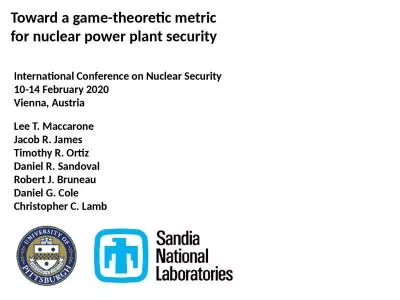PPT-Computing Game-Theoretic Solutions
Author : natalia-silvester | Published Date : 2018-11-04
Vincent Conitzer Duke University overview article V Conitzer Computing GameTheoretic Solutions and Applications to Security Proc AAAI12 Game theory Multiple selfinterested
Presentation Embed Code
Download Presentation
Download Presentation The PPT/PDF document "Computing Game-Theoretic Solutions" is the property of its rightful owner. Permission is granted to download and print the materials on this website for personal, non-commercial use only, and to display it on your personal computer provided you do not modify the materials and that you retain all copyright notices contained in the materials. By downloading content from our website, you accept the terms of this agreement.
Computing Game-Theoretic Solutions: Transcript
Download Rules Of Document
"Computing Game-Theoretic Solutions"The content belongs to its owner. You may download and print it for personal use, without modification, and keep all copyright notices. By downloading, you agree to these terms.
Related Documents

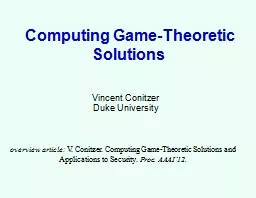

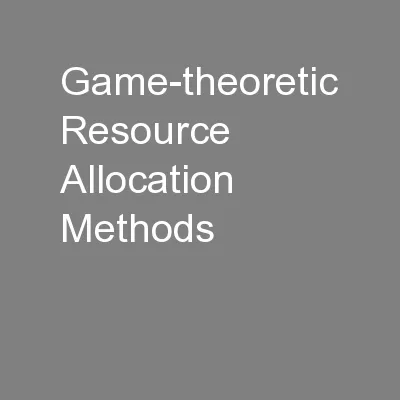
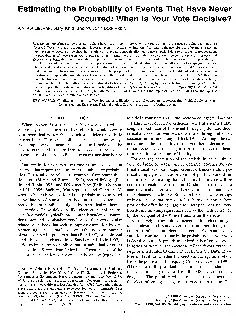
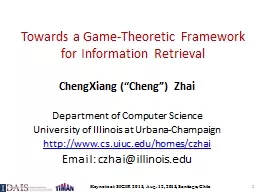

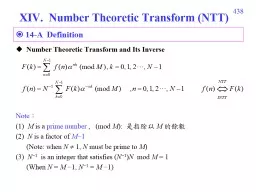




![[READING BOOK]-Game Development Planner: My Great Game Ideas - Video Game Design Book](https://thumbs.docslides.com/981136/reading-book-game-development-planner-my-great-game-ideas-video-game-design-book-for-game-developer-game-designer.jpg)
